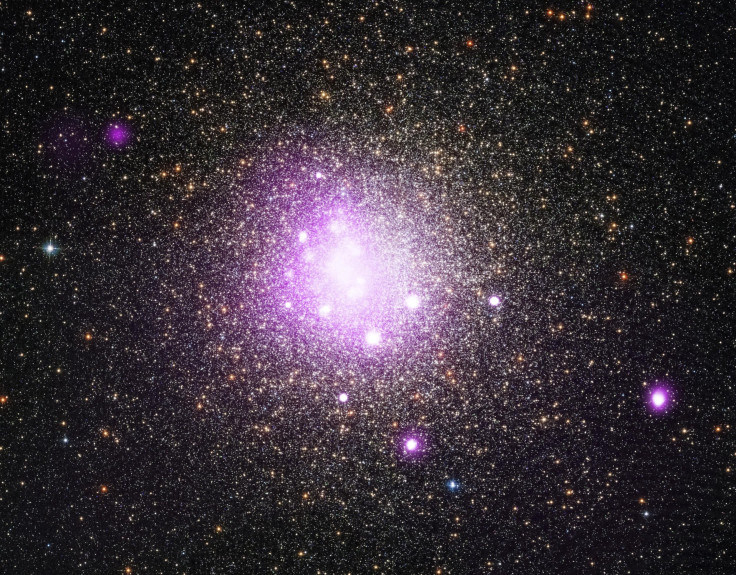New Star Found: White Dwarf Dox With Nearly 100 Percent Oxygen Atmosphere Poses Mysteries For Astronomers

A star with an atmosphere composed almost completely of oxygen has been discovered, a finding that doesn’t fit current scientific theories on what exactly happens when stars die. It has been given the name Dox.
The discovery was noted in a research paper published in Science Magazine, and astronomers noted that the composition of the white dwarf’s atmosphere — which is 99.9 percent oxygen and contained no signs of hydrogen or helium — is “surprising.” The Earth, for comparison, has an atmosphere composed of roughly 21 percent oxygen, Wired.Co.Uk reports.
“After oxygen, the next most abundant elements in its atmosphere are neon and magnesium, but these are lower by a factor of ≥25 by number,” researchers wrote. That composition is unique of the 32,000 white dwarfs known to man. Still, the star could provide clues on the evolution of stars.
“We had no idea anything like it could even exist; that made it all the more difficult to find,” Kepler de Souza Oliveira, a researcher at the Federal University of Rio Grande do Sul in Brazil, told Popular Mechanics. The findings are “incredibly unexpected.”
White dwarfs are known to the astronomy world as the old-timers of the universe. Most stars — in fact, all but 3 percent — end up as white dwarfs. They are super dense and are the thought to be the end result of a dying star. They usually spew out hydrogen and helium. Dox, which is just a bit bigger than the Earth, has 60 percent of the mass of our sun, according to Popular Mechanics.
The star presents some mysteries for astronomers. Namely, they aren’t generally known to be made of almost one singular element, and oxygen is usually found in much heavier white dwarfs — about double the weight of Dox, by astronomer calculations. Astronomers aren’t sure how, or under what conditions, Dox came to have this composition.
© Copyright IBTimes 2025. All rights reserved.






















